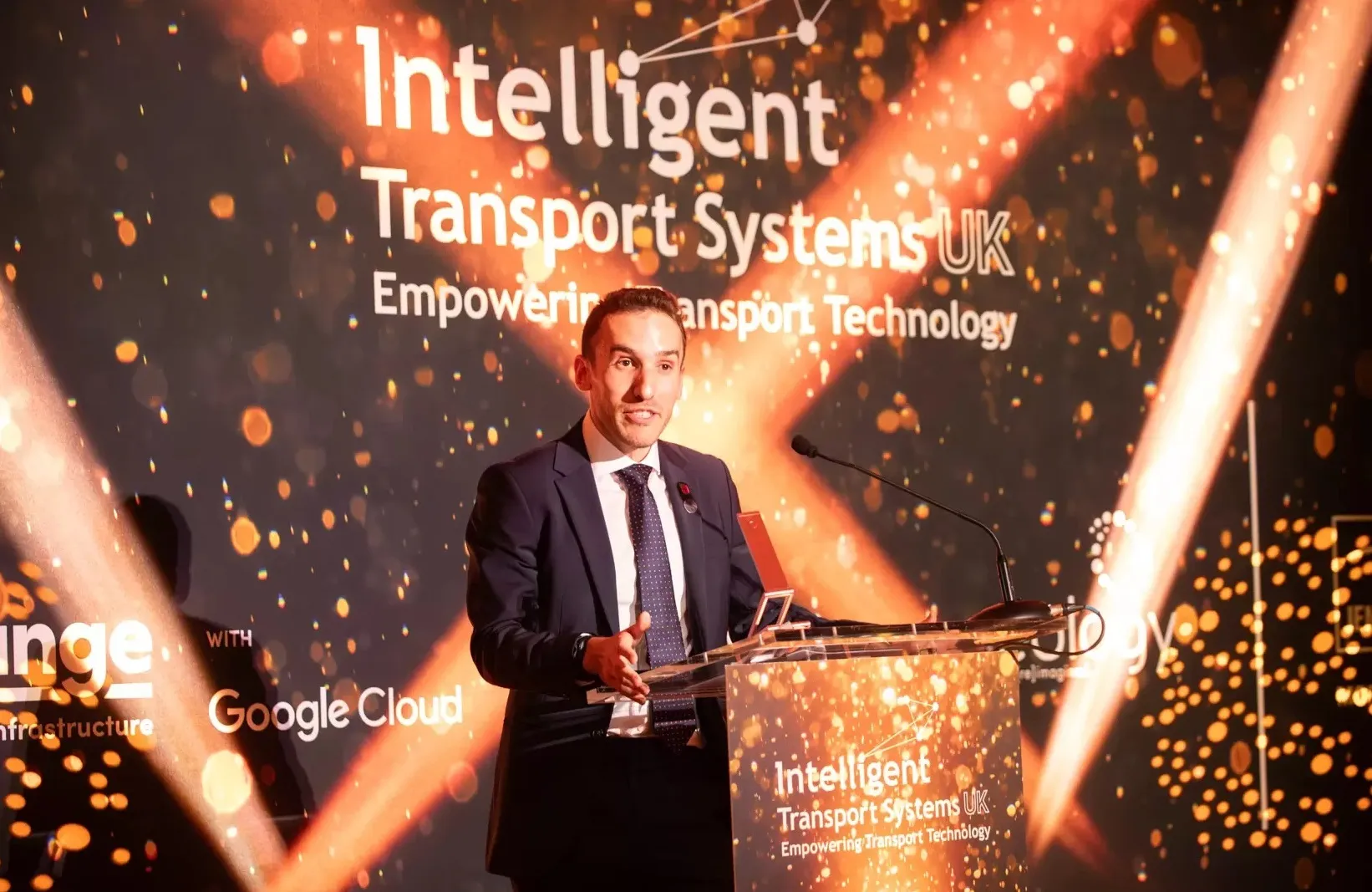The research team developed an IT-based system which automatically recognises emergency situations in a public transport environment and initiates measures to resolve the situation.
A range of sensors detect incidents and pass the information on to a central emergency management system. The system classifies the incident and triggers an integrated assistance reaction chain, where appropriate. The project started in 2013 and was completed in 2016 with the development of a demo system.
Init was involved in the development of the central event management system for coping with dangerous situations, which makes employees in the control centre aware of incidents and supports them by providing appropriate recommendations for action.
Around 170 start-ups, companies, associations and research institutions from all over Germany submitted their projects for the national award.
Award for public transportation emergency management research project
An inter-disciplinary research project, InREAKT, carried out by Init, VBK and other partners and led by the Research Association for Tunnels and Transport Facilities, Studiengesellschaft für Tunnel und Verkehrsanlagen (STUVA) has been presented with a German Mobility award by the German Federal Ministry of Transport and Digital Infrastructure (BMVI). The research team developed an IT-based system which automatically recognises emergency situations in a public transport environment and initiates measures to
July 24, 2017
Read time: 2 mins
An inter-disciplinary research project, InREAKT, carried out by 511 Init, VBK and other partners and led by the Research Association for Tunnels and Transport Facilities, Studiengesellschaft für Tunnel und Verkehrsanlagen (STUVA) has been presented with a German Mobility award by the German Federal Ministry of Transport and Digital Infrastructure (BMVI).










